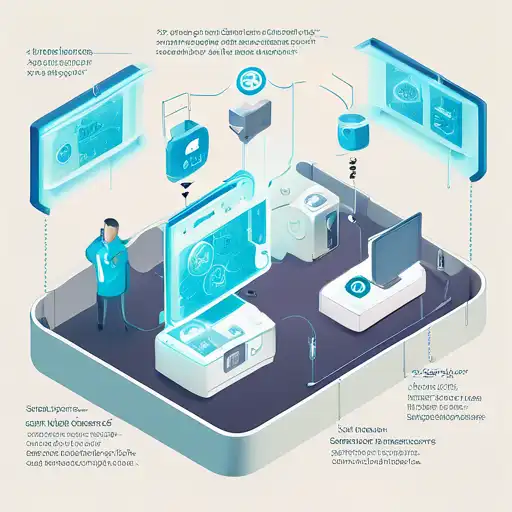Understanding the Security Challenges of IoT Devices
The Internet of Things (IoT) has revolutionized how we interact with technology, embedding smart capabilities into everyday objects. From smart thermostats to connected refrigerators, IoT devices are becoming ubiquitous. However, this rapid expansion brings significant security challenges that users and manufacturers must address.
The Vulnerabilities of IoT Devices
IoT devices often lack robust security features, making them prime targets for cyberattacks. Many devices operate on outdated software, have weak default passwords, and lack encryption, leaving them vulnerable to hacking. For instance, a compromised smart camera can provide hackers with unauthorized access to private spaces.
Common Security Threats in IoT
- Unauthorized Access: Hackers can exploit weak security measures to gain control over IoT devices.
- Data Breaches: Sensitive information collected by IoT devices can be stolen if not properly secured.
- DDoS Attacks: Infected IoT devices can be used to launch distributed denial-of-service attacks, overwhelming networks with traffic.
- Malware: IoT devices can be infected with malware, compromising their functionality and security.
Strategies for Enhancing IoT Security
To mitigate these risks, both users and manufacturers must take proactive steps. Manufacturers should prioritize security in the design phase, incorporating strong encryption and regular software updates. Users, on the other hand, should change default passwords, regularly update device firmware, and segment their networks to isolate IoT devices from critical systems.
The Role of Legislation in IoT Security
Governments worldwide are beginning to recognize the importance of IoT security, enacting laws and regulations to ensure devices meet minimum security standards. These measures are crucial for protecting consumers and maintaining trust in IoT technologies.
Looking Ahead: The Future of IoT Security
As IoT continues to evolve, so too will the security challenges it faces. Advances in artificial intelligence and machine learning offer promising solutions for detecting and preventing cyber threats. However, the responsibility for securing IoT devices lies with everyone involved, from manufacturers to end-users.
For more insights into protecting your digital life, explore our guide on cybersecurity basics.
